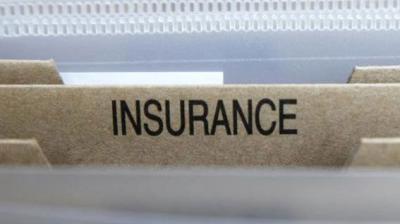Understanding Replacement Cost vs. Actual Cash Value in Homeowners Insurance
When it comes to homeowners insurance, understanding the difference between replacement cost and actual cash value ACV is crucial. Both cover losses from covered perils, but how they reimburse you can significantly impact your ability to rebuild or replace your belongings.
Replacement Cost Coverage:
Replacement cost coverage pays you the amount it would cost to replace your damaged or destroyed belongings with new items of similar quality, without factoring in depreciation. This means you will receive the current market value, regardless of how old your possessions were. Imagine a fire destroys your 5-year-old television. With replacement cost coverage, you will get enough money to buy a brand new, comparable TV. This ensures you are not left short due to the natural decrease in value over time.
An advantage of replacement cost coverage is it puts you back in the same position you were in before the loss. You would not have to scramble to find the difference between the insurance payout and the actual replacement cost. This is particularly beneficial for items that may have increased in value due to inflation or for recently purchased belongings that have not depreciated much.
However, there is a trade-off. Replacement cost coverage typically comes with a higher premium compared to ACV coverage. This is because the insurer assumes a greater risk of paying out the full cost to replace everything.

Actual Cash Value ACV Coverage:
ACV coverage reimburses you for the depreciated value of your lost or damaged belongings. It takes the replacement cost and subtracts depreciation based on age, wear and tear, and obsolescence. Let’s revisit the television example. With ACV coverage, you’d receive the current market value of a used 5-year-old television, which would likely be significantly less than the cost of a brand new one.
While ACV coverage offers a lower premium, it might leave you financially strapped after a major claim. You might end up having to pay the difference between the insurance payout and the actual replacement cost, especially for valuable items or electronics that depreciate rapidly.
Choosing Between Replacement Cost and ACV Coverage:
Here are some factors to consider when deciding between replacement cost and ACV coverage:
The value of your belongings: If you own a lot of valuable possessions or expensive electronics, replacement cost coverage might be a wise investment.
The age of your belongings: For newer items that have not depreciated much, the difference between replacement cost and ACV might be negligible. However, for older items, ACV could leave you significantly short.
Your budget: Replacement cost coverage comes with a higher premium Visit Publisher Site for more details. Consider how much extra you are comfortable paying versus the potential financial burden of covering the gap after a claim with ACV. Your risk tolerance: If you are risk-averse and want peace of mind knowing you can fully replace everything in case of a loss, replacement cost is the way to go. If you are on a tight budget and comfortable potentially covering some costs out of pocket, ACV might be an option.
